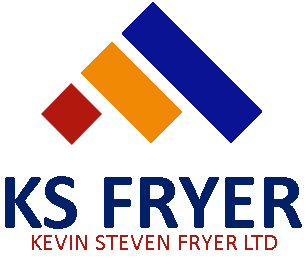Education Sector
Procurement in the education sector involves specific strategies to ensure effective acquisition of goods and services that support educational outcomes. Here’s a comprehensive guide to procurement requirements in this field:
- Needs Assessment
- Identify Requirements: Collaborate with faculty, administration, and support staff to determine specific needs for educational materials, technology, and services.
- Program Goals: Align procurement with institutional goals and curriculum requirements to enhance teaching and learning.
- Market Research
- Supplier Landscape: Research potential suppliers and vendors of educational products, technology, and services, assessing their reputation and offerings.
- Benchmarking: Compare prices and services against industry standards to ensure competitive procurement.
- Budget Management
- Develop a Procurement Budget: Create a budget that accounts for all expected costs, including materials, software licenses, and training services.
- Cost Monitoring: Regularly track expenses to ensure adherence to budget limits and identify opportunities for savings.
- Supplier Selection
- Request for Proposals (RFPs): Issue RFPs to solicit bids from suppliers and service providers, evaluating proposals based on quality, price, and alignment with educational needs.
- Due Diligence: Conduct background checks on suppliers, focusing on their experience, financial stability, and compliance with educational standards.
- Contract Management
- Negotiation: Negotiate terms with suppliers, including pricing, delivery schedules, and service level agreements (SLAs).
- Legal Compliance: Ensure contracts comply with relevant laws, regulations, and institutional policies.
- Quality Assurance
- Quality Standards: Establish criteria for evaluating the quality of educational materials and services, ensuring they meet curriculum standards.
- Regular Evaluations: Implement systems for ongoing assessment of suppliers to ensure compliance with quality expectations.
- Risk Management
- Identify Risks: Assess potential risks associated with procurement, such as supplier reliability, regulatory changes, and budget constraints.
- Mitigation Strategies: Develop contingency plans to address potential disruptions, including supply chain issues or changes in educational requirements.
- Technology Utilization
- Procurement Software: Implement procurement management systems to streamline purchasing processes and manage supplier relationships.
- Learning Management Systems (LMS): Utilize LMS platforms to facilitate the procurement of digital learning resources and track their effectiveness.
- Sustainability Considerations
- Eco-Friendly Products: Prioritize suppliers that offer sustainable and eco-friendly products, such as recyclable materials and energy-efficient technologies.
- Community Engagement: Consider local suppliers to support community businesses and reduce environmental impact.
- Performance Monitoring
- Key Performance Indicators (KPIs): Establish KPIs to measure procurement effectiveness, including cost savings, supplier performance, and user satisfaction.
- Regular Reviews: Conduct periodic assessments of the procurement process and supplier performance to identify areas for improvement.
- Training and Support
- Staff Training: Provide training for procurement staff on educational procurement practices and relevant technologies.
- Vendor Support: Ensure that suppliers offer adequate training and resources to help staff effectively utilize procured products and services.
- Continuous Improvement
- Feedback Mechanisms: Gather input from faculty, students, and staff to refine procurement strategies and enhance educational outcomes.
- Stay Informed: Keep updated on emerging trends and technologies in education to continually improve procurement practices.






